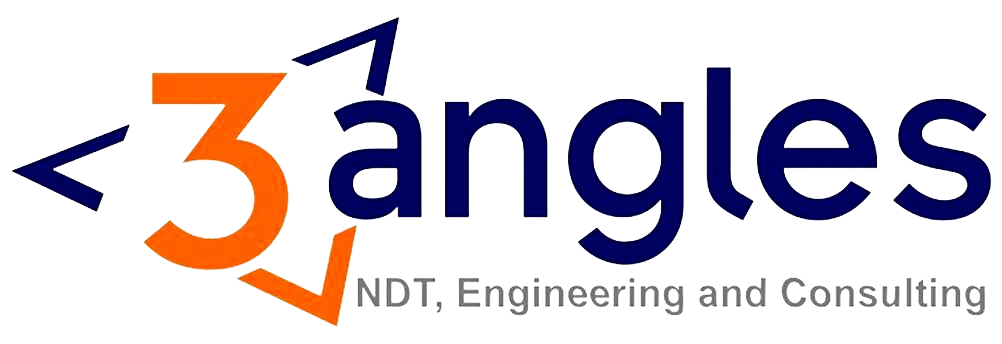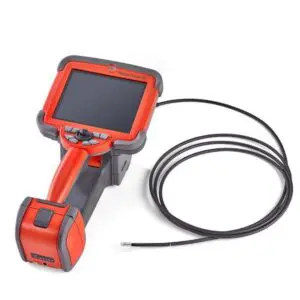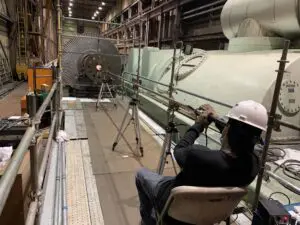Borescope Inspection
A borescope can be used to help visually inspect hard-to-reach areas. It is made of a rigid or flexible tube with an eyepiece or display on one end and an objective lens or camera on the other, connected by an optical or electrical system. In some cases, illumination (usually fiberoptic) is added to the optical system to improve brightness and contrast. The objective lens creates an internal image of the lit object, magnified by the eyepiece and seen by the viewer's eye.
Use of Borescopes
Borescope is ideal for visual inspection when there is no other way to reach the target location or accessibility may involve damaging, time-consuming, or expensive dismounting tasks.
There are 3 main types of borescopes:
- Flexible borescopes
- Video borescopes
- Rigid borescopes
Flexible Borescopes
The image is divided into pixels by a bundle of optical fibers in the conventional flexible borescope. It is also known as a fiberscope and can be used to gain access to cavities without removing the engine to evaluate the condition of the turbine blades, compressed air inlets, and seals.
Video Borescopes
Similar to a flexible borescope, a video borescope or "inspection camera" has a small video camera at the end of the flexible tube. The insertion tube's light-equipped end allows recording video or still images in obscured areas. The capability to record video or still images for subsequent inspection as a tool for remote visual inspection is a significant advantage. The camera view is displayed at the other end, and in specific models, the viewing angle can be adjusted using a joystick or other similar mechanism. Newer models come with more excellent features like reduced prices, higher resolution, customizable lighting, or replacing the built-in display with a computer connection, like a USB cord.
Rigid Borescopes
Similar to fiberscopes, rigid borescopes typically offer a better image than a flexible borescope. The drawback of rigid borescopes is that access to the object being seen must be in a straight line.
The largest rigid borescope that will fit the hole and be of equivalent quality produces the best image.
3angles performs Borescope inspection on:
Steam Turbine and Gas Turbine Inspections
Borescope inspection of steam turbine and gas turbine components. Typically scope of work includes inspection of all accessible areas including rotor, stationary blading, hot gas path components, valve components.
Under Generator Retaining Rings
Borescope is used to inspect the condition of J-Strap, poles, end blocks for any movement, end winding conductors’ condition and over all condition under the generator retaining rings.
Bore Inspection of Turbine and Generator Rotors
Inspection of generator and steam turbine bores for pre-service or in-service detection of surface discontinuities such as scale, oxides, pitting, corrosion, inclusions, porosity, cracks, tooling marks or any other surface anomalies that are visible from the bore surface. 3angles uses a proprietary rigid borescope examination for this inspection.



